History
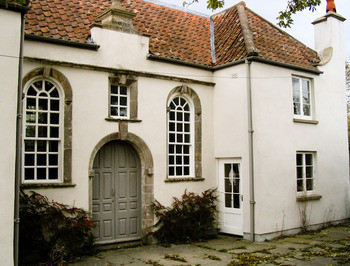 The first Quaker Meeting House and burial ground at Claverham dates from 1674, one of the oldest in the West Country. Richard Dawson of Yatton gave the plot of land to “the people called Quakers to meet together to worship the Lord their God and for some of their poor Friends to inhabit therein“. This was still at the time when persecution of Quakers was intense. Until 1681, Quarterly Meetings in Somerset were held at Ilchester, so that Friends in prison there could attend. It was often the most influential members who were in jail. On one occasion, Justices disturbed a meeting for worship at Claverham and ordered Friends to depart. When they refused, their names were taken and warrants were issued by which goods (including several cows) were taken from those who attended. The local people refused to buy such goods and the Justice had sell them to his brother-in-law. The early history of the meeting, including such accounts of persecution, is written in the memoirs of John Whiting junior, son of John and Mary Whiting of Nailsea. It was not until 1689, after the Act of Toleration, that Friends could obtain a Licence to hold meetings in a named Meeting House.
The first Quaker Meeting House and burial ground at Claverham dates from 1674, one of the oldest in the West Country. Richard Dawson of Yatton gave the plot of land to “the people called Quakers to meet together to worship the Lord their God and for some of their poor Friends to inhabit therein“. This was still at the time when persecution of Quakers was intense. Until 1681, Quarterly Meetings in Somerset were held at Ilchester, so that Friends in prison there could attend. It was often the most influential members who were in jail. On one occasion, Justices disturbed a meeting for worship at Claverham and ordered Friends to depart. When they refused, their names were taken and warrants were issued by which goods (including several cows) were taken from those who attended. The local people refused to buy such goods and the Justice had sell them to his brother-in-law. The early history of the meeting, including such accounts of persecution, is written in the memoirs of John Whiting junior, son of John and Mary Whiting of Nailsea. It was not until 1689, after the Act of Toleration, that Friends could obtain a Licence to hold meetings in a named Meeting House.
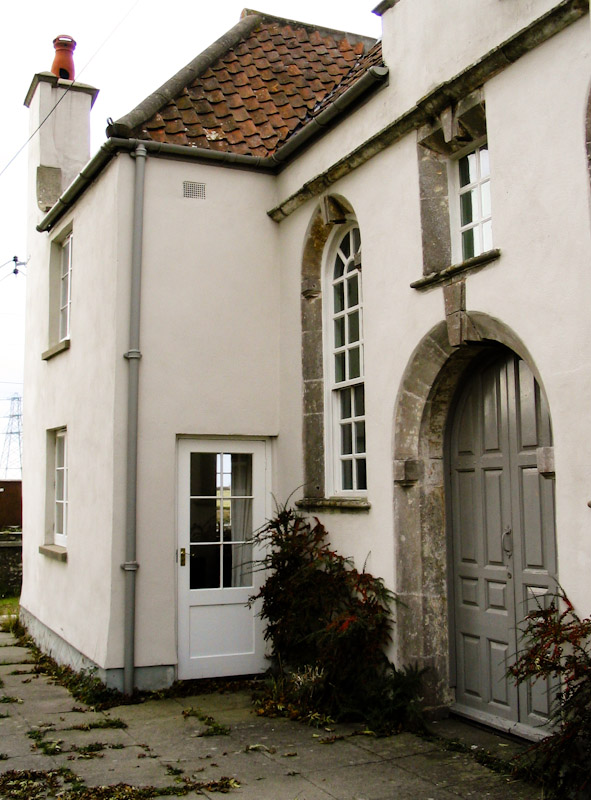 As the meeting grew, Friends at Claverham decided on rebuilding and extending their Meeting House in 1729. The main structure is still the same today, a unique construction of a meeting room flanked by two cottages. The wood paneled meeting room could be increased in size by opening panels. This allowed for a larger meeting, or for separate meetings of men and women. Access between these meetings was by doors which are still visible (but not usable) at each side of the main meeting room. Women played an increasingly important part in the life of the meeting. The upper room on the west side became the venue for the Women’s Monthly Meeting which looked after social concerns relating to poor Friends, widows and orphans. The cottage on the east side provided accommodation for a caretaker, but the ground floor could be opened up for use when the size of the meeting required it.
As the meeting grew, Friends at Claverham decided on rebuilding and extending their Meeting House in 1729. The main structure is still the same today, a unique construction of a meeting room flanked by two cottages. The wood paneled meeting room could be increased in size by opening panels. This allowed for a larger meeting, or for separate meetings of men and women. Access between these meetings was by doors which are still visible (but not usable) at each side of the main meeting room. Women played an increasingly important part in the life of the meeting. The upper room on the west side became the venue for the Women’s Monthly Meeting which looked after social concerns relating to poor Friends, widows and orphans. The cottage on the east side provided accommodation for a caretaker, but the ground floor could be opened up for use when the size of the meeting required it.
The meeting flourished in the days of travel by horse and on foot, but the coming of the railways encouraged Friends to build a meeting house in Yatton in 1868. This was sold in 1912 to become first a primary, then an infant school and then the current Yatton Library. Claverham was twice saved from being sold by the generosity of the Clark family of Street, who have historical connections with Claverham.
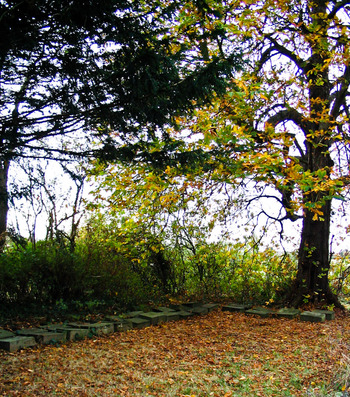 Claverham never became a fully active Quaker meeting again, but meetings for worship were held regularly in the 1960s. After a gap of some 15 years, meetings were started again in 1988 by Marjorie Mallik, who acted as warden while the Friends Historical Society administered the property. Friends continue to come to worship once a month from neighbouring meetings and from Bristol.. Many of those who come comment on the special quality of these meetings. Some have described Claverham as ‘a place of healing’.
Claverham never became a fully active Quaker meeting again, but meetings for worship were held regularly in the 1960s. After a gap of some 15 years, meetings were started again in 1988 by Marjorie Mallik, who acted as warden while the Friends Historical Society administered the property. Friends continue to come to worship once a month from neighbouring meetings and from Bristol.. Many of those who come comment on the special quality of these meetings. Some have described Claverham as ‘a place of healing’.
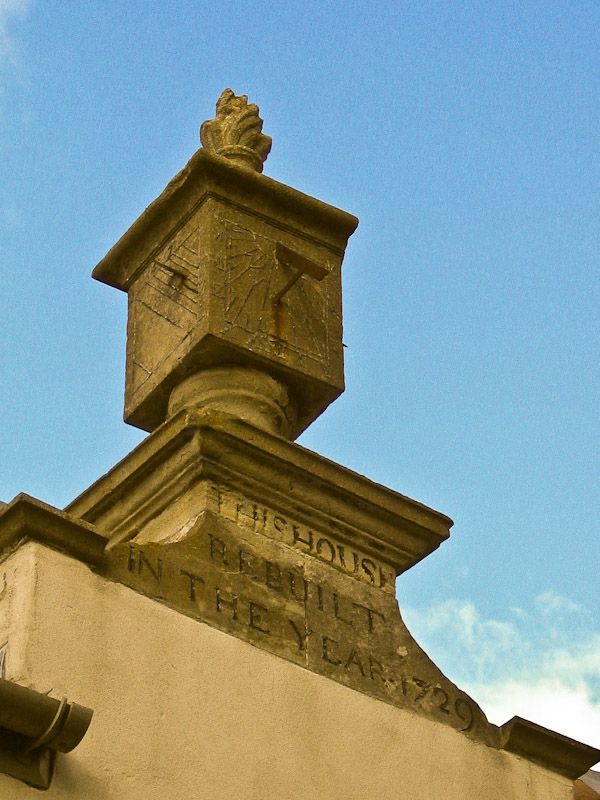
The Meeting House is a Grade II* listed building. It is owned by an independent trust (The Claverham Meeting House Trust) and administered by the Claverham Management Committee made up of Members of the Society of Friends in the Bristol and Somerset area. Extensive restoration work took place in 1999/2000, including the modernisation of bathroom and toilet facilities and the improvement of disabled access. In 2002, work on the Barn made it available for use for workshops and activities.
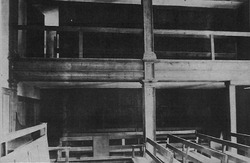 Claverham Meeting House – as it was at the end of the 19th century
Claverham Meeting House – as it was at the end of the 19th century